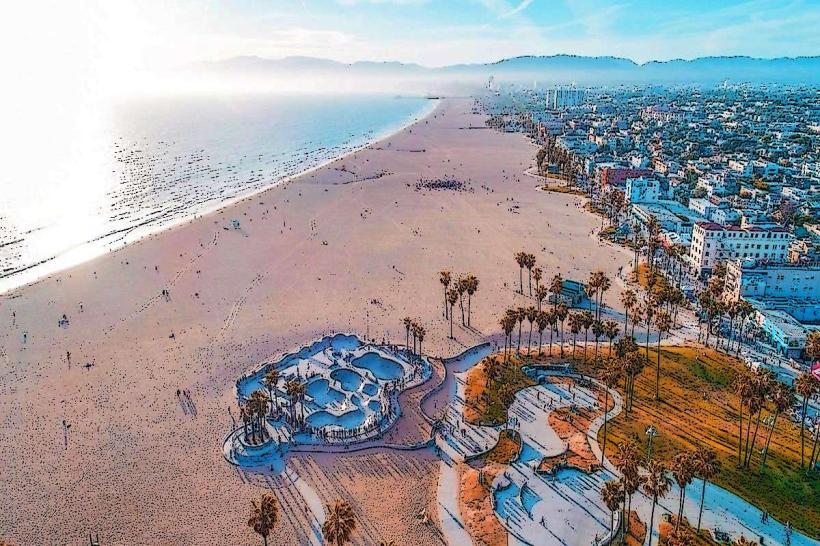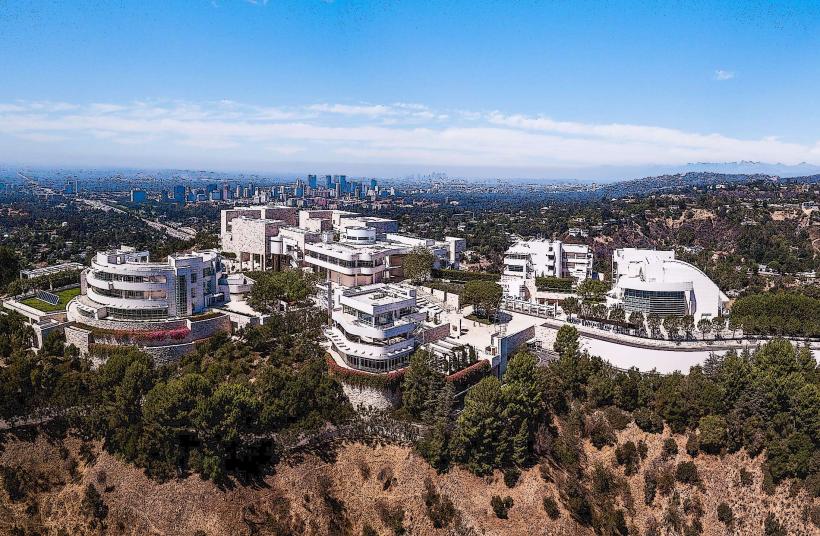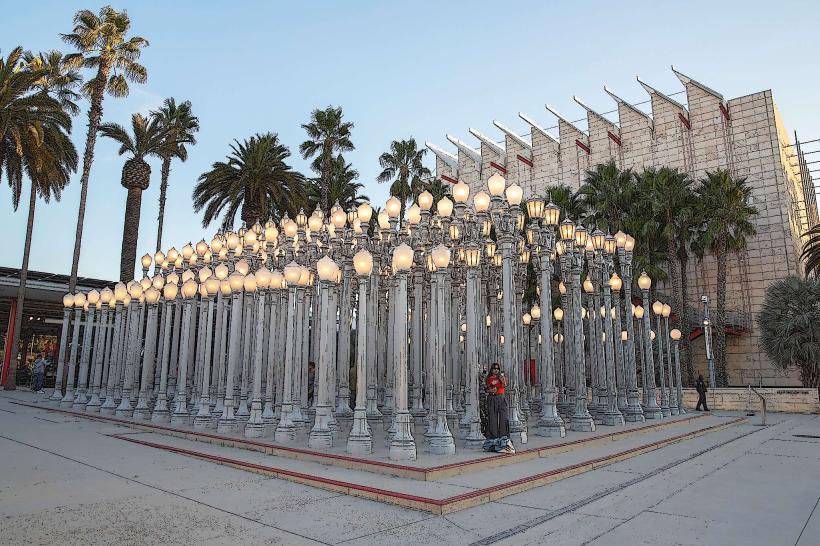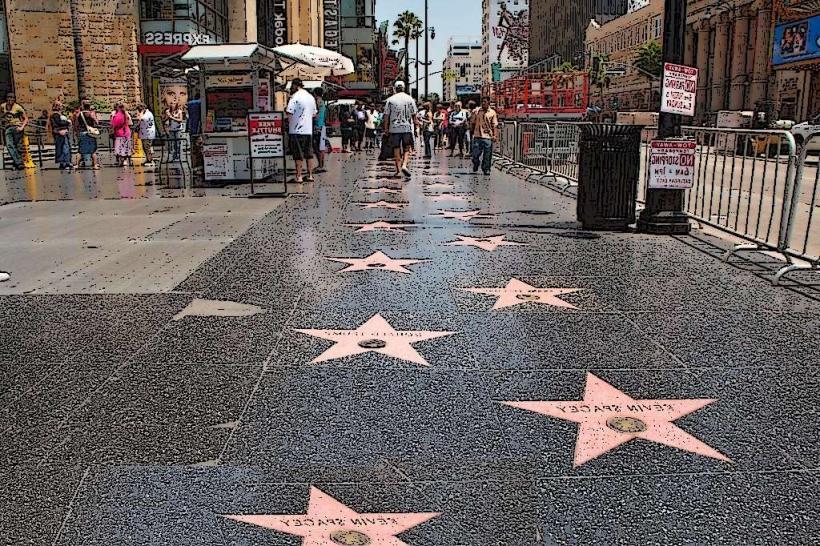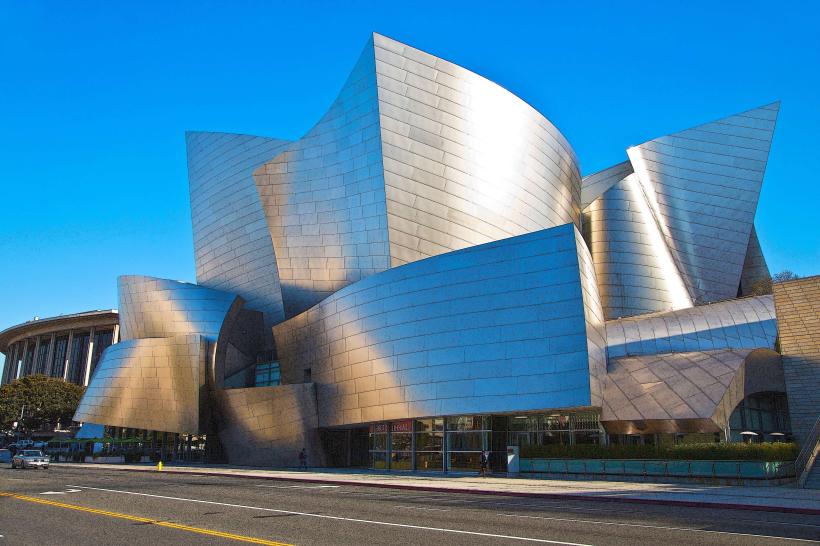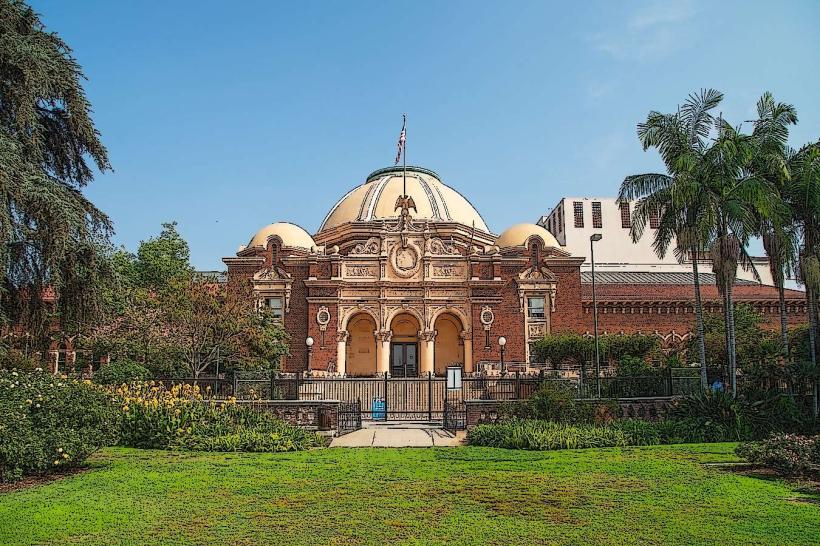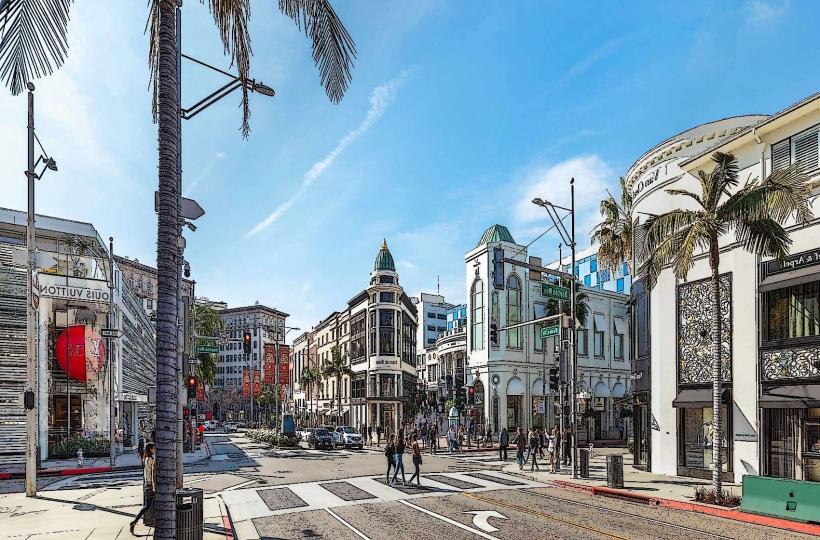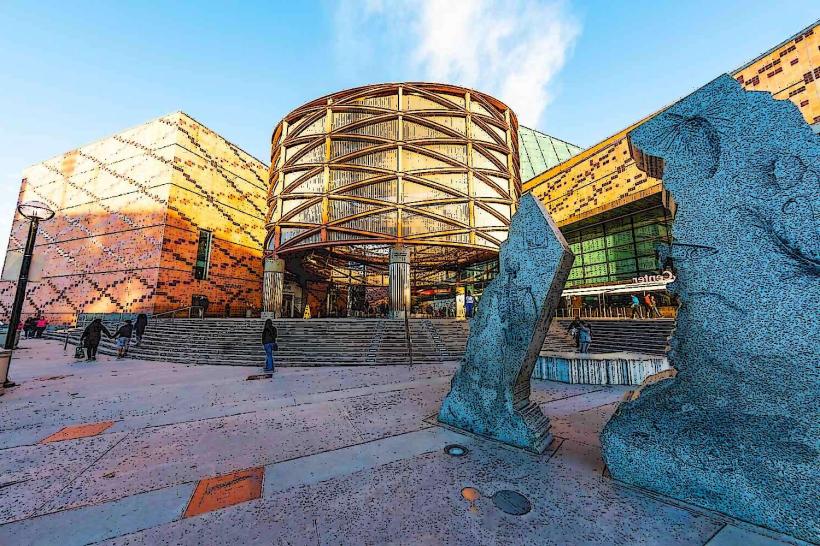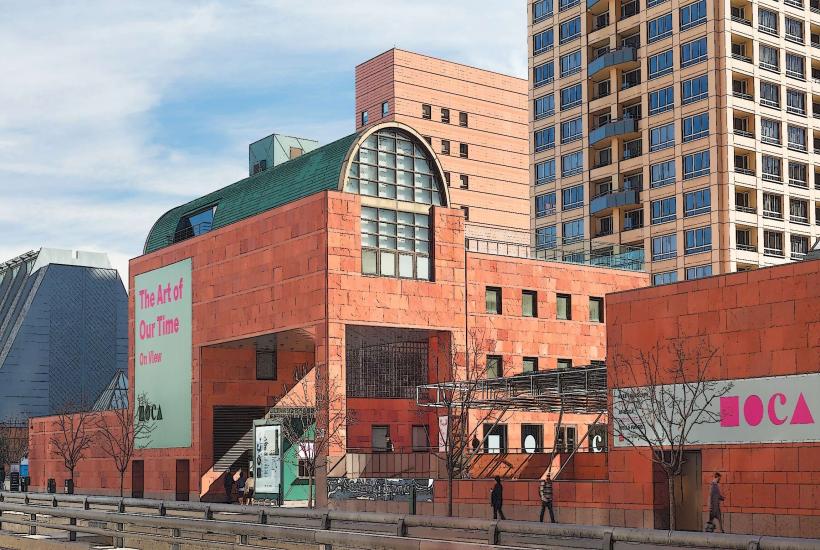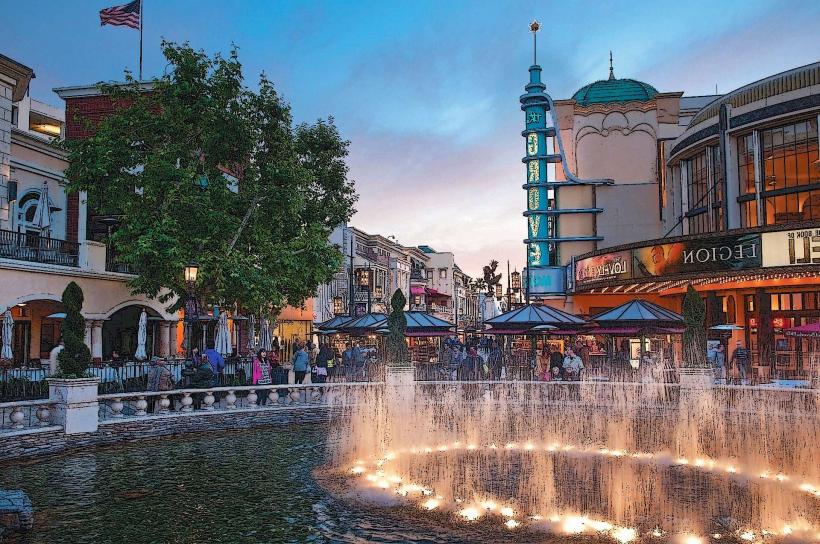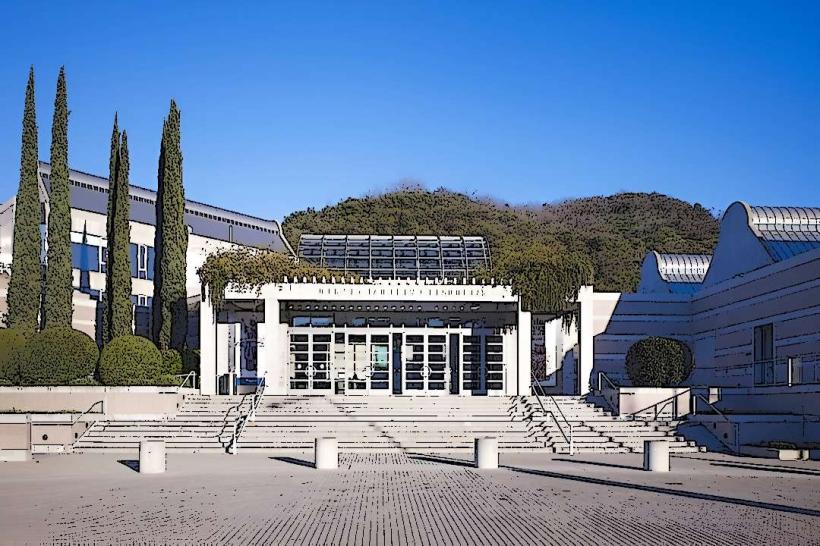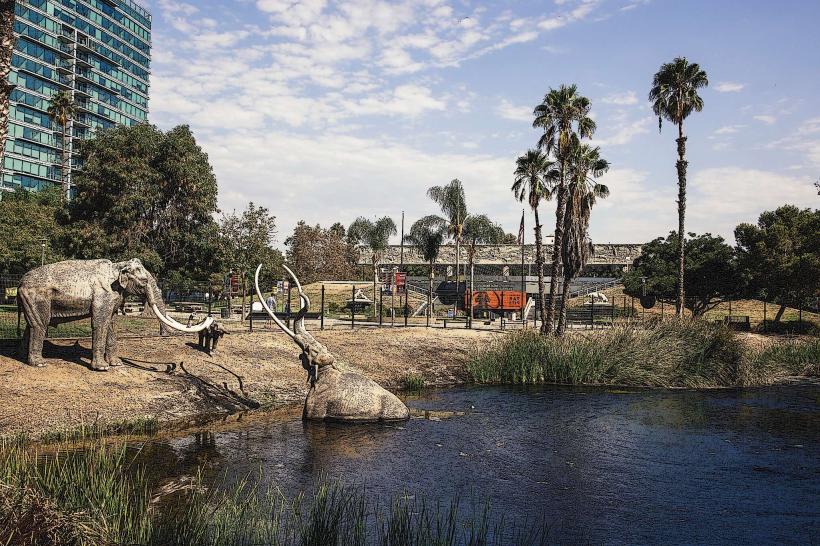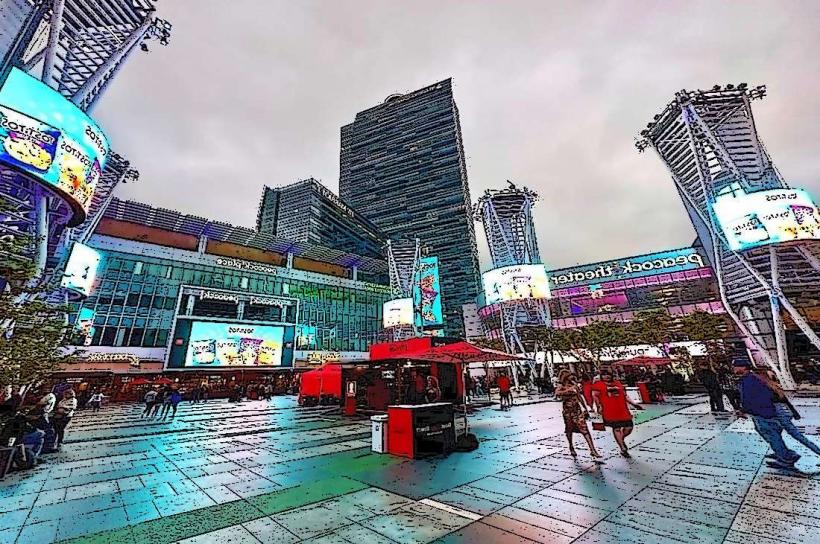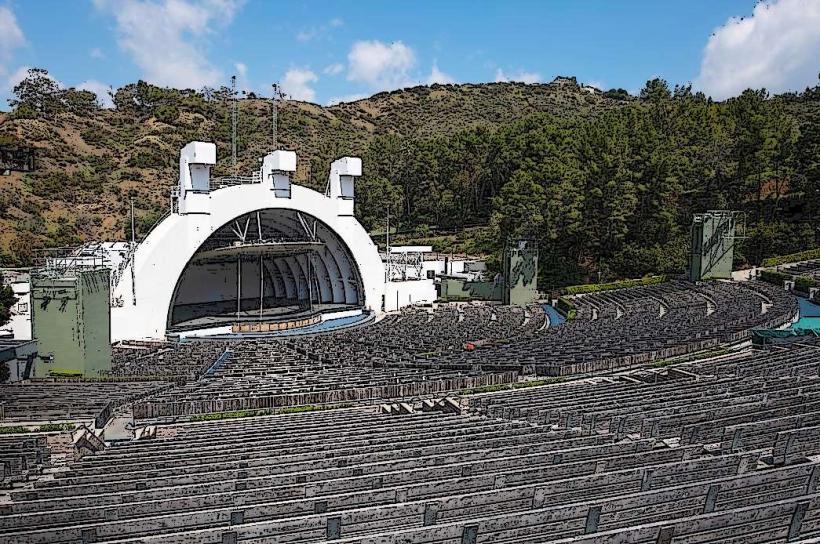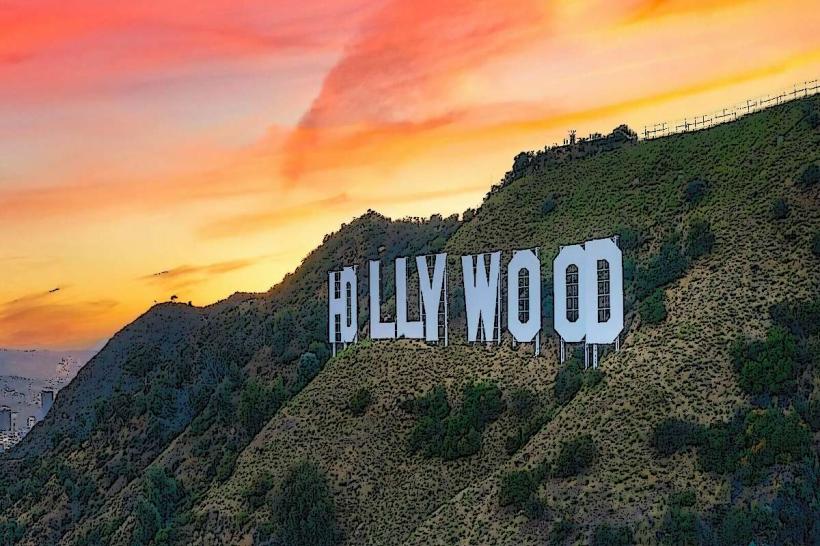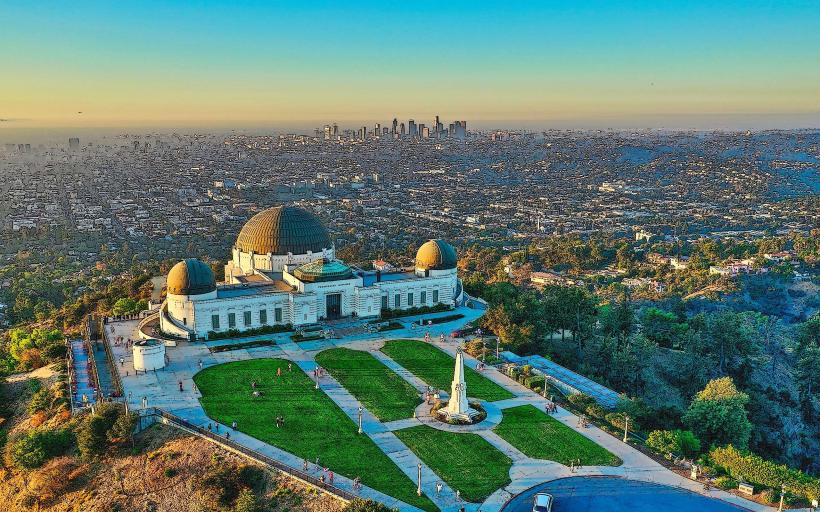Information
Landmark: Los Angeles City HallCity: Los Angeles
Country: USA California
Continent: North America
Los Angeles City Hall, Los Angeles, USA California, North America
Los Angeles City Hall is an iconic and historic landmark located in downtown Los Angeles, California. It serves as the headquarters for the City of Los Angeles' government and is one of the most recognizable buildings in the city, known for its distinctive architecture and central role in the civic life of the city. Below is a detailed overview of Los Angeles City Hall:
History and Construction
Construction: The construction of Los Angeles City Hall began in 1926 and was completed in 1928. It was designed by the architectural firm John Parkinson, Donald B. Parkinson, and Robert E. Farquhar in the Art Deco style, which was popular in the United States during the early 20th century.
Official Opening: The building was officially opened on April 26, 1928, and has since become one of the most important civic structures in Los Angeles.
Symbolic Significance: When it was completed, it symbolized the rapid growth and development of Los Angeles as a major metropolitan city in the United States. It was the tallest building in Los Angeles at the time of its completion, standing at 454 feet (138 meters).
Architecture
Design Style: Los Angeles City Hall is a prime example of Art Deco architecture, featuring geometric patterns, streamlined shapes, and decorative motifs. Its design was inspired by the Italian Renaissance style but incorporates elements of Ziggurat (stepped) architecture, often associated with ancient Mesopotamian structures.
Height: The building stands 32 stories tall and was the tallest building in Los Angeles until the completion of the United California Bank Building in 1960. It remains a prominent feature of the city’s skyline.
Facade: The exterior of City Hall is made of reinforced concrete with a white terra cotta finish. The building’s overall shape is designed to resemble a classical column, symbolizing the strength and stability of the government.
Central Tower: The most notable feature of City Hall is its central tower, which is topped with a distinctive dome. The tower is one of the most visible parts of the building and is an important symbol of the city’s governance.
Interior Design
City Council Chamber: The Los Angeles City Council meets in the building’s Council Chamber, which is located on the 3rd floor. The room features intricate wood paneling and ornate chandeliers, reflecting the formal nature of the proceedings and the grandeur of the building.
Rotunda: The rotunda is a large, circular area in the heart of the building, with a beautiful, high ceiling adorned with murals and decorative elements. The rotunda serves as a major point of entry for visitors and plays a significant role in the overall flow of the building.
Public Spaces: The interior spaces are designed to be both functional and visually impressive, with many rooms showcasing Art Deco detailing, murals, and decorative sculptures. The grand staircase in the building's main lobby is one of the most famous elements, with its marble steps and dramatic design.
Notable Features
Mural Art: The building contains a number of murals that depict the history and culture of Los Angeles, showcasing important moments in the city’s past. One of the most famous murals is located in the City Council Chamber and represents the growth of Los Angeles.
Observation Deck: The observation deck on the 27th floor offers panoramic views of downtown Los Angeles, the surrounding neighborhoods, and the distant mountains. It is open to the public on certain days, allowing visitors to get a unique view of the city from above.
Political Significance
Government Hub: Los Angeles City Hall is the headquarters of the Los Angeles City Council, and it houses the offices of the Mayor of Los Angeles, the City Controller, and other city officials. The building plays a key role in the day-to-day governance of the city.
Mayor’s Office: The Mayor's office is located on the 26th floor of the building. The mayor’s offices offer sweeping views of the city and the surrounding areas.
Symbol of Civic Pride: As the seat of the city's government, Los Angeles City Hall symbolizes civic pride and public service. It is often associated with moments of historical and political importance in the city’s history.
Cultural and Symbolic Importance
Los Angeles Landmark: City Hall is considered one of the city's most important architectural landmarks and is often featured in images representing Los Angeles. It has been used in numerous films, television shows, and advertisements, making it an internationally recognized symbol of the city.
Civil Rights and Political Events: Throughout its history, the building has been the site of various civil rights protests, political demonstrations, and other important events in Los Angeles’ history. The steps of City Hall have witnessed significant moments of change and activism.
Pop Culture: Los Angeles City Hall has been prominently featured in films such as L.A. Story, Mars Attacks!, and The Day the Earth Stood Still, further cementing its status as a cultural icon.
Renovations and Modernization
Seismic Retrofits: As part of Los Angeles’ efforts to modernize older buildings to meet safety standards, City Hall underwent significant seismic retrofitting in the late 20th and early 21st centuries. This was done to ensure the building could withstand an earthquake, as Los Angeles is situated near active fault lines.
Restoration: In the 1990s, extensive restoration work was done to preserve the building's architectural features while updating its systems to meet the needs of modern-day government functions.
Public Access and Visitor Experience
Public Tours: Los Angeles City Hall offers free public tours that allow visitors to explore its rich history and architectural significance. These tours typically include visits to the City Council Chamber, the rotunda, and the observation deck.
City Council Meetings: Visitors can also observe the Los Angeles City Council in session, where elected officials discuss and vote on matters affecting the city. The meetings are open to the public and can also be viewed online or on local television channels.
Location
Address: Los Angeles City Hall is located at 200 N Spring St, Los Angeles, CA 90012, in the heart of downtown Los Angeles, making it easily accessible to both locals and visitors. It is situated near other notable landmarks, such as Grand Park and the Los Angeles Music Center.
Interesting Facts
Height: At 454 feet tall, City Hall was the tallest building in Los Angeles for more than 30 years until the Transamerica Building was completed in 1960.
Cultural Landmark: In 1976, Los Angeles City Hall was designated a Los Angeles Historic-Cultural Monument, recognizing its importance to the city’s architectural and cultural heritage.
Illumination: City Hall is illuminated in different colors to commemorate special events and causes, such as sports victories, national holidays, and social justice movements.
Summary
Los Angeles City Hall is a historic and architectural landmark that represents the civic heart of the city. With its striking Art Deco design, rich history, and central role in city governance, it is not only an important government building but also a symbol of Los Angeles’ growth and diversity. The building remains a prominent part of the Los Angeles skyline and continues to serve as a focal point for political and cultural life in the city.


